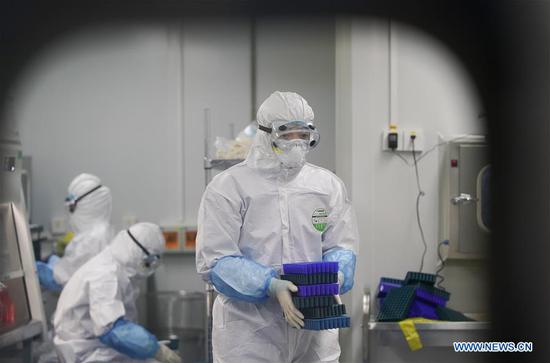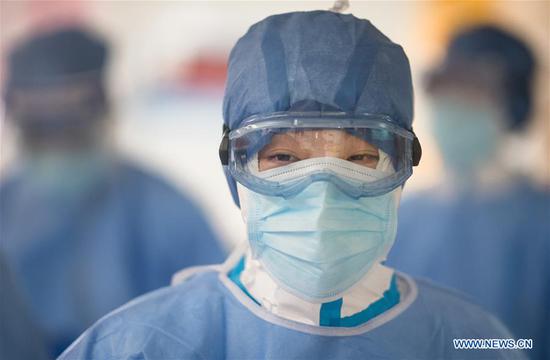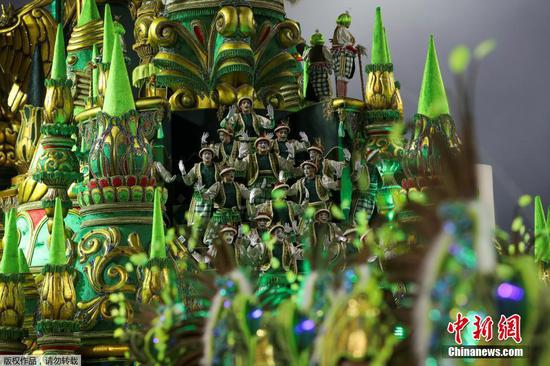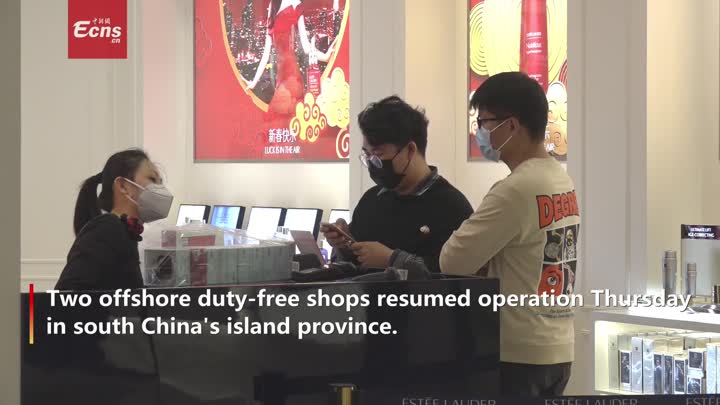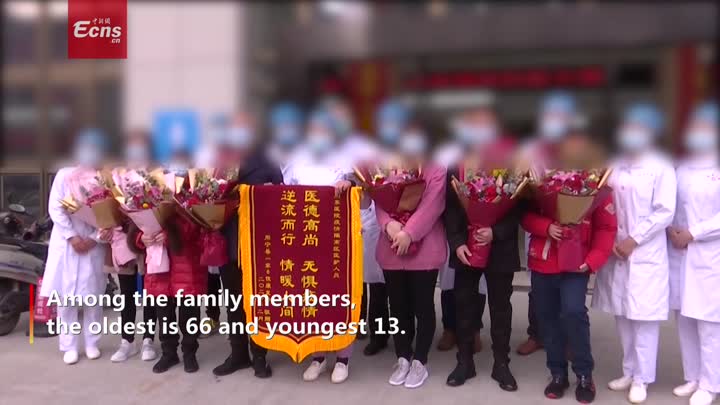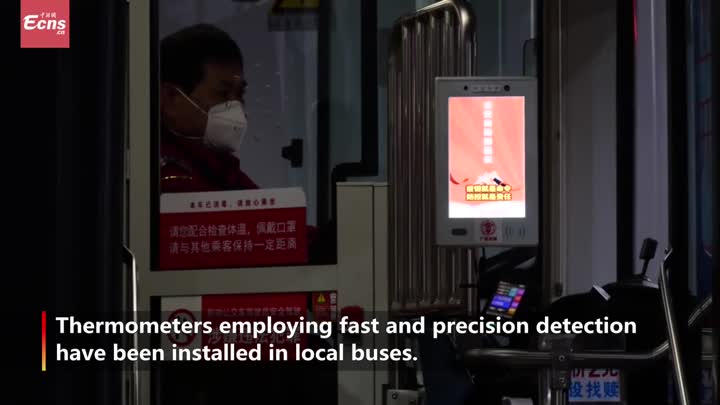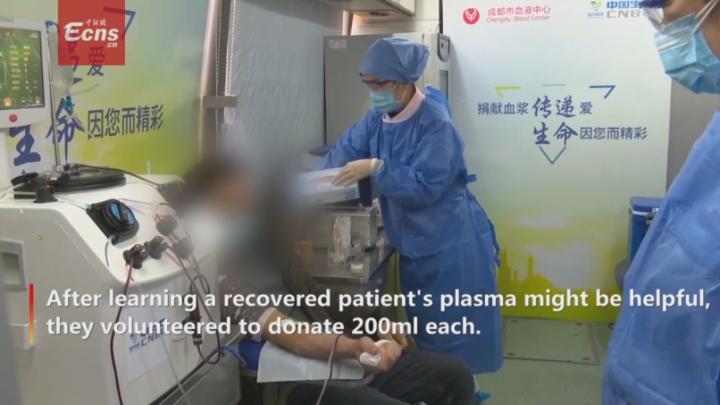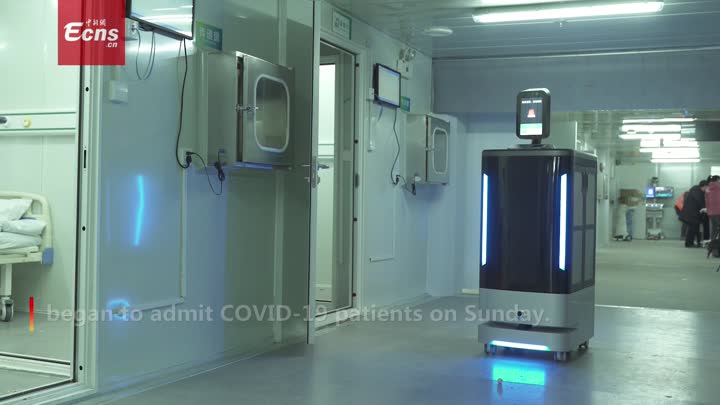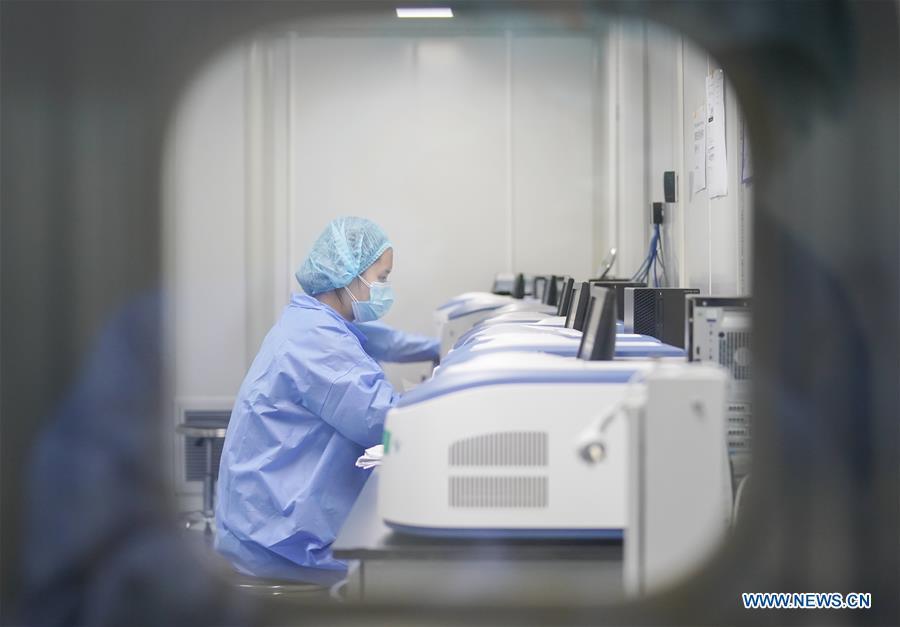
A staff member does nucleic acid testing work at a novel coronavirus detection lab in Wuhan, central China's Hubei Province, Feb. 22, 2020. Since its operation on Feb. 6, the novel coronavirus detection lab named "Huoyan", jointly constructed by the local government and other institutions, has tested tens of thousands of nucleic acid testing (NAT) samples. For days, including the "Huoyan" lab, Wuhan's 40 NAT institutions together, have been able to test 14,000 NAT samples per day, zeroing the number of daily NAT from all possible coronavirus patients. (Xinhua/Cheng Min)
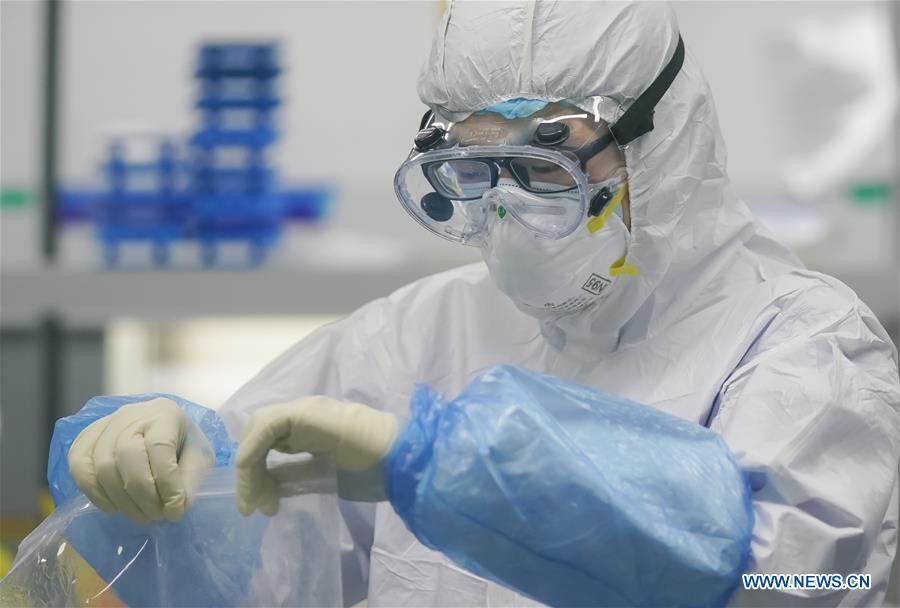
A staff member handles nucleic acid testing samples at a novel coronavirus detection lab in Wuhan, central China's Hubei Province, Feb. 22, 2020. Since its operation on Feb. 6, the novel coronavirus detection lab named "Huoyan", jointly constructed by the local government and other institutions, has tested tens of thousands of nucleic acid testing (NAT) samples. For days, including the "Huoyan" lab, Wuhan's 40 NAT institutions together, have been able to test 14,000 NAT samples per day, zeroing the number of daily NAT from all possible coronavirus patients. (Xinhua/Cheng Min)
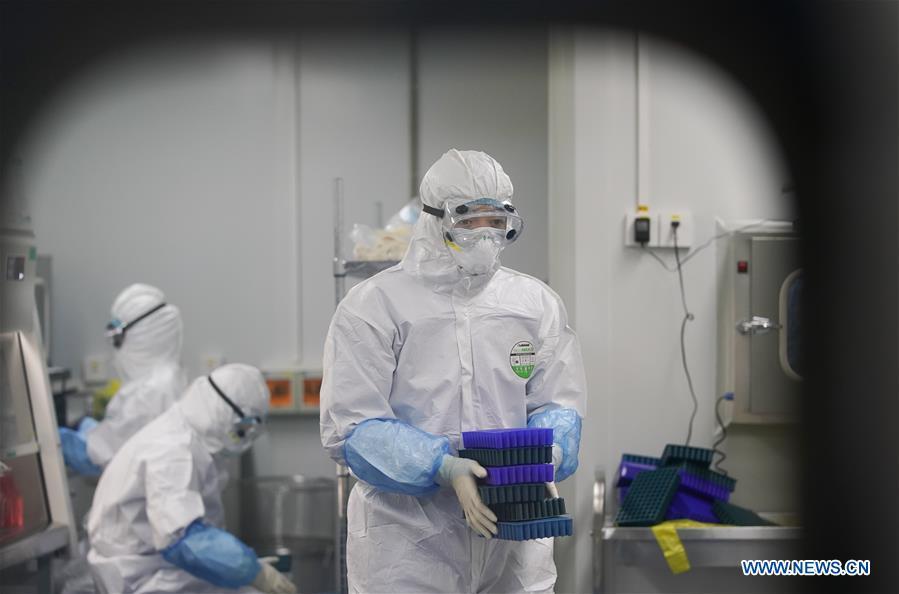
Staff members work at a novel coronavirus detection lab in Wuhan, central China's Hubei Province, Feb. 22, 2020. Since its operation on Feb. 6, the novel coronavirus detection lab named "Huoyan", jointly constructed by the local government and other institutions, has tested tens of thousands of nucleic acid testing (NAT) samples. For days, including the "Huoyan" lab, Wuhan's 40 NAT institutions together, have been able to test 14,000 NAT samples per day, zeroing the number of daily NAT from all possible coronavirus patients. (Xinhua/Cheng Min)
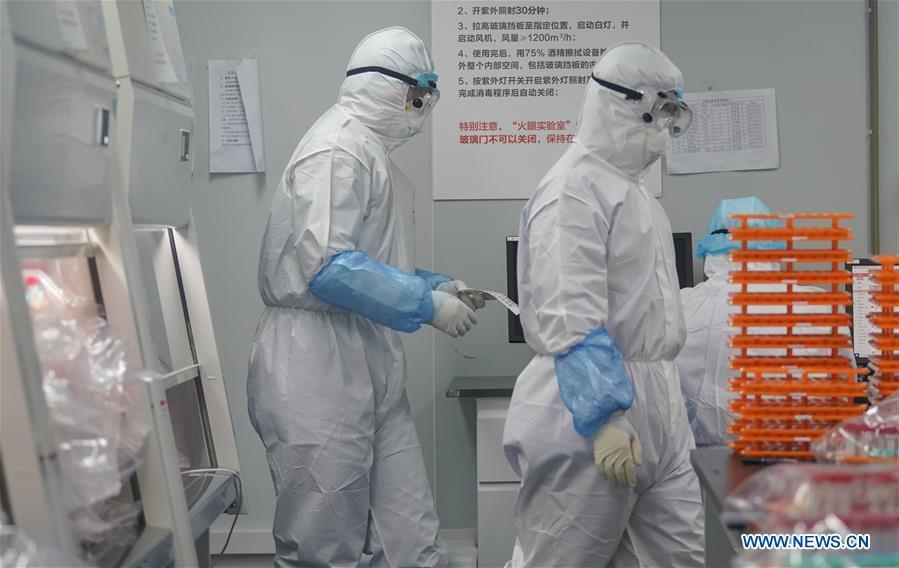
Staff members work at a novel coronavirus detection lab in Wuhan, central China's Hubei Province, Feb. 22, 2020. Since its operation on Feb. 6, the novel coronavirus detection lab named "Huoyan", jointly constructed by the local government and other institutions, has tested tens of thousands of nucleic acid testing (NAT) samples. For days, including the "Huoyan" lab, Wuhan's 40 NAT institutions together, have been able to test 14,000 NAT samples per day, zeroing the number of daily NAT from all possible coronavirus patients. (Xinhua/Cheng Min)

A staff member handles nucleic acid testing samples at a novel coronavirus detection lab in Wuhan, central China's Hubei Province, Feb. 22, 2020. Since its operation on Feb. 6, the novel coronavirus detection lab named "Huoyan", jointly constructed by the local government and other institutions, has tested tens of thousands of nucleic acid testing (NAT) samples. For days, including the "Huoyan" lab, Wuhan's 40 NAT institutions together, have been able to test 14,000 NAT samples per day, zeroing the number of daily NAT from all possible coronavirus patients. (Xinhua/Cheng Min)










